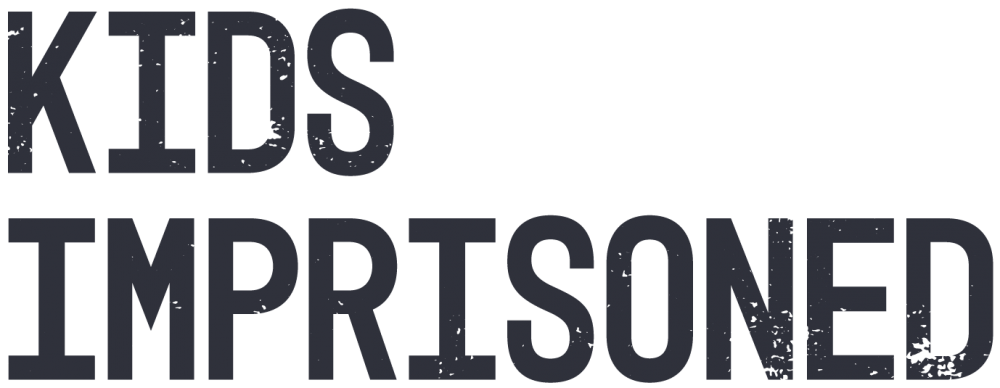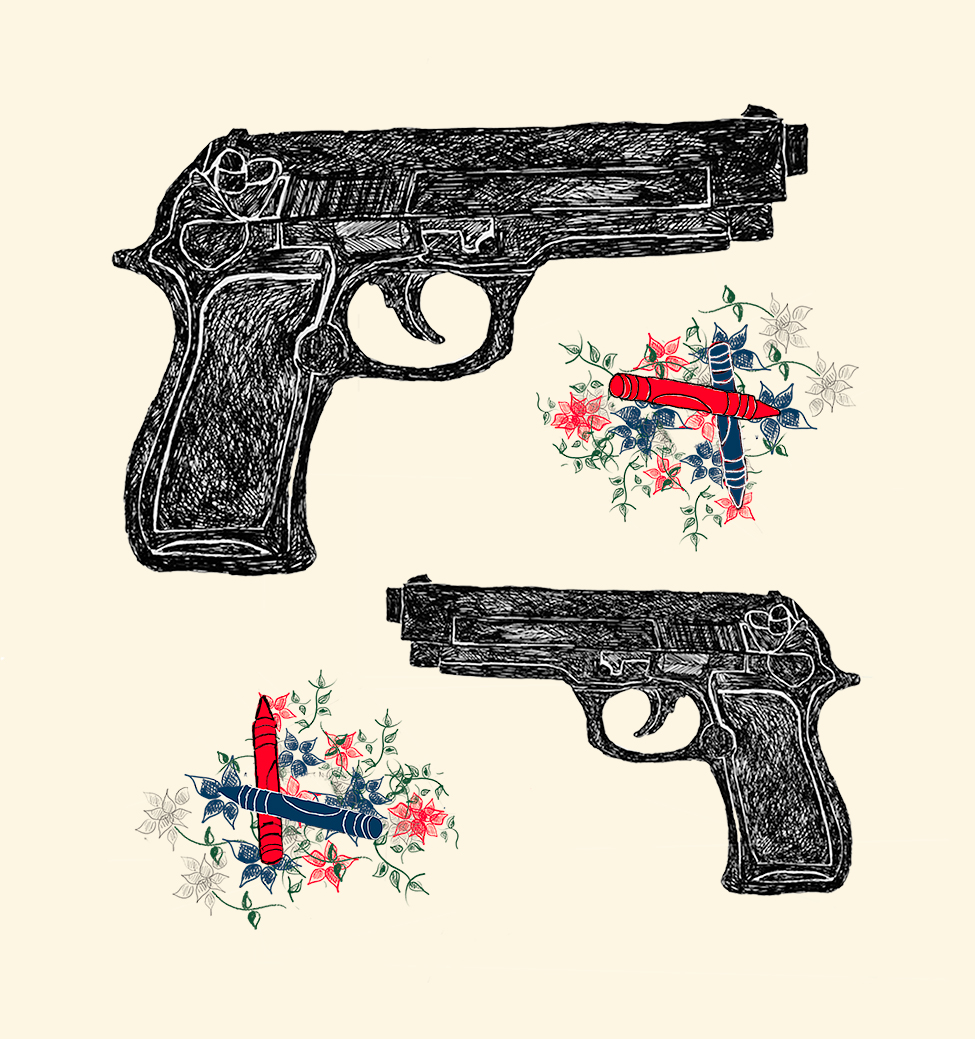Illustration by Michele Abercrombie
Organizations across the U.S. are working to put an end to gun violence in schools that puts students and educators at risk in a place they –– and their families –– expect them to be safe.
Since 1970, 43% of all school shootings were committed by a teen under 18. Nearly half of the shooters were students who attended the school, and almost two-thirds of the shootings were targeted attacks at a specific student or teacher, according to data from the Center for Homeland Defense and Security.
With such a large percentage of school shootings being committed by students, a number of nonprofit organizations have been created to identify students before they become school shooters, preventing their entry into the juvenile or adult justice systems.
Some programs are aimed at increasing school security measures. Others focus on increasing knowledge of potential warning signs and creating a culture of inclusivity at schools to ensure a student never feels the need to pick up a gun and put other students’ lives –– or their own –– in danger.
Rob Wilcox, deputy director of policy and strategy at Everytown for Gun Safety, a nonprofit created in the merger of Mayors Against Illegal Guns and Moms Demand Action for Gun Sense in America, said school shooters often show signs beforehand that concern those around them.
“And more often than not, they told somebody ahead of time about what they were going to do,” Wilcox said. “These are all opportunities for intervention.”
Everytown for Gun Safety endorsed an evidence-based threat assessment program, where students and the surrounding communities can submit their concerns about warning signs, behaviors or conversations they feel could put a school or an individual at risk for harm. The nonprofit also advocates for and educates on secure gun storage at homes.
“Every parent in a school community should know that if there are guns in their home, they need to be stored securely, both for the health and safety of their family at home, but also for the entire school community,” Wilcox said.
Over three-quarters of student school shooters acquired the gun or guns used in an attack from their own home or that of a relative, according to a National Threat Assessment Center report.
Aimee Thunberg, communications director at Sandy Hook Promise, founded in the aftermath of the mass shooting at Sandy Hook Elementary in Newtown, Connecticut, in 2012, said attention to mental health is the most important aspect of preventing gun violence.
“It’s upstream violence prevention,” Thunberg said. “It empowers the community –– be it the youth, the educators, parents, whoever –– empowers people to be able to do something about it.”
The mass shooting at Sandy Hook Elementary claimed the lives of 20 first-graders and six teachers at the school.
Since its creation, Sandy Hook Promise has worked to put an end to gun violence in schools by presenting school programs on how to create an inclusive culture, identify at-risk behaviors in students and intervene.
“We create and deliver in a way that schools can customize for their own context,” Thunberg said.
Sandy Hook Promise’s “Know the Signs” programs consist of different lesson plans, activities and games aimed to engage students of all ages in conversation, inform them on how to recognize the warning signs of violence and encourage them to take action by telling a trusted adult.
“The goal is you do the initial training and then it just becomes part of the culture, so you’re doing different things to reinforce it,” Thunberg said.
Over 14,000 schools across the country have utilized the organization’s programs that are offered for free, and there are nearly 3,000 established Students Against Violence Everywhere Promise Clubs.
“Just because they have the reporting mechanism doesn’t automatically mean they’re going to know what to report,” Thunberg said. “You have to teach them that and then continue to teach them that over and over again.”
Other organizations are working to prevent gun violence by focusing on improving the security of schools.
Robert Jordan, founder of Protecting Our Students, a nonprofit founded in February 2020, worked with the Department of Education to create an in-depth site assessment that evaluates the safety of a school by looking at the layout of the building and all the ways a gun could get inside. The nonprofit then provides funding to implement a plan to improve school security.
“We want to build what’s called a reference point,” Jordan said. “And the reference point would be schools that currently have an outstanding score relative to gun prevention at schools.”
The goal is to standardize security practices at schools across the country to eliminate the possibility of a gun making it inside.
While organizations fighting against gun violence use several different approaches, they all agree on one thing: it needs to end.
“By the time a student has reached the point where they brought a gun to school to harm themselves or their classmates, we have failed and it is way too late,” Wilcox said. “Our job is to create climates and environments where these incidents don’t happen.”
Layne Dowdall is a recent graduate of St. Bonaventure University where she majored in journalism and environmental studies. Originally from Little Valley, New York, she previously worked as a digital editor intern at the Chautauqua Institution, a marketing intern at M’Organic Market and a director for WSBU-FM, 88.3 The Buzz. As a staff writer for TAPinto Greater Olean, she reported on local news, elections and the COVID-19 pandemic. Dowdall photographed community events and the St. Bonaventure Bonnies men’s basketball team. Dowdall was this year’s honorable mention for her university’s Mark Hellinger Award and Fr. Cornelius Welch Award for Achievement in Photography


